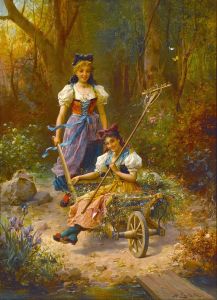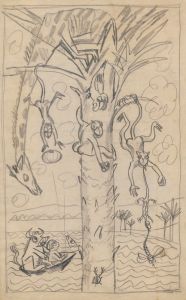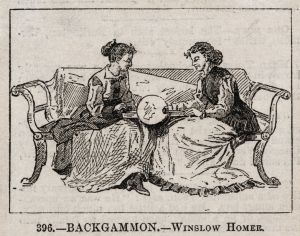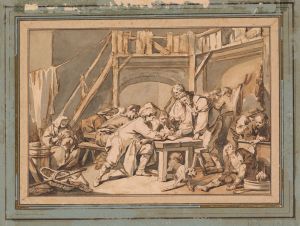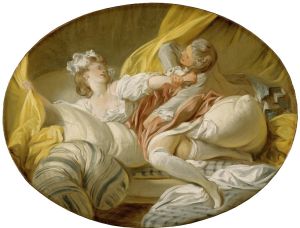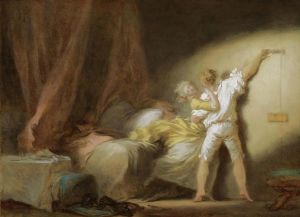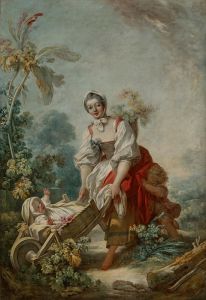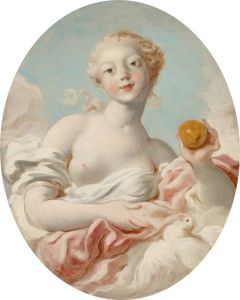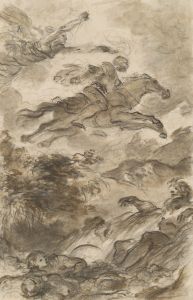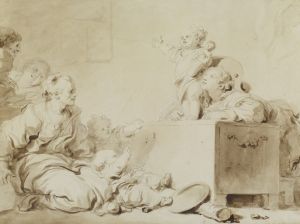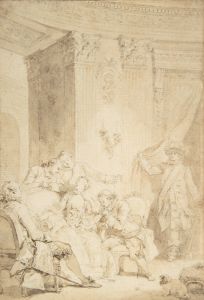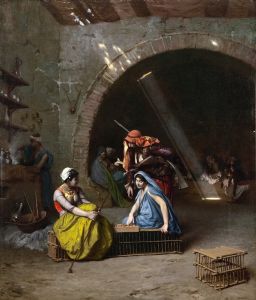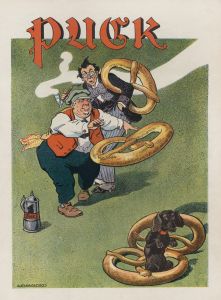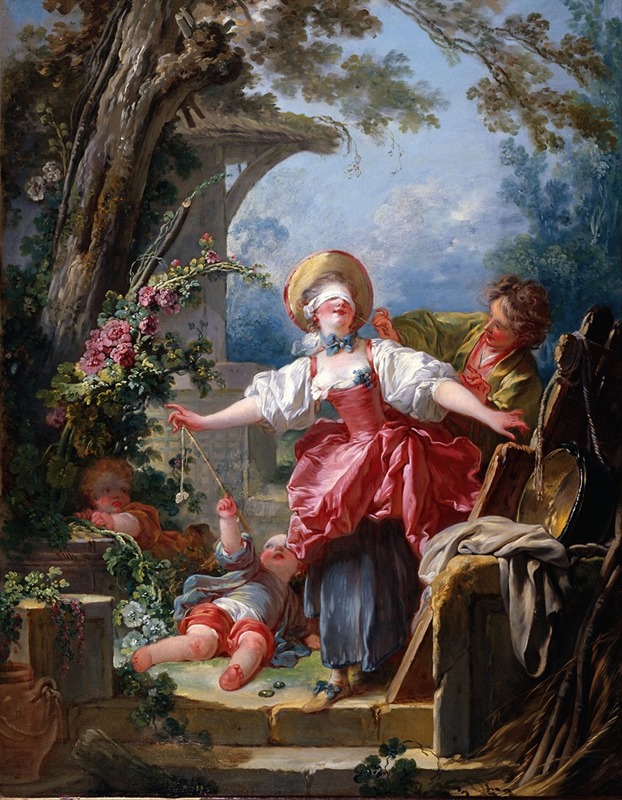
Blind-Man’s Buff
A hand-painted replica of Jean-Honoré Fragonard’s masterpiece Blind-Man’s Buff, meticulously crafted by professional artists to capture the true essence of the original. Each piece is created with museum-quality canvas and rare mineral pigments, carefully painted by experienced artists with delicate brushstrokes and rich, layered colors to perfectly recreate the texture of the original artwork. Unlike machine-printed reproductions, this hand-painted version brings the painting to life, infused with the artist’s emotions and skill in every stroke. Whether for personal collection or home decoration, it instantly elevates the artistic atmosphere of any space.
"Blind-Man’s Buff" is a painting by the French Rococo artist Jean-Honoré Fragonard, created around 1750-1752. Fragonard, born in 1732 and died in 1806, was known for his exuberant and hedonistic style, which often depicted scenes of love and playful flirtation. This painting is a quintessential example of his work, capturing the light-hearted and whimsical spirit of the Rococo period.
The painting portrays a lively game of blind man's buff, a popular pastime in 18th-century France. In this game, one player is blindfolded and must try to catch the other players, relying on their other senses to do so. Fragonard's depiction of this scene is both dynamic and charming, filled with movement and a sense of joy.
In "Blind-Man’s Buff," Fragonard uses a soft, pastel color palette typical of the Rococo style, with delicate brushstrokes that create a sense of lightness and fluidity. The composition is carefully balanced, with the figures arranged in a circular motion that guides the viewer's eye around the scene. The central figure, blindfolded and reaching out, is surrounded by other players who are either evading capture or playfully teasing the blindfolded participant.
The setting of the painting is an idyllic garden, filled with lush greenery and classical architectural elements, such as a stone balustrade and a fountain. This outdoor setting enhances the carefree and leisurely atmosphere of the scene. The figures are dressed in elegant, flowing garments that reflect the fashion of the time, adding to the painting's sense of refinement and sophistication.
Fragonard's skill in capturing the subtleties of human interaction is evident in the expressions and gestures of the figures. Each character is rendered with a sense of individuality and personality, contributing to the overall narrative of the painting. The playful nature of the game is mirrored in the lighthearted expressions and the fluid, almost dance-like movements of the participants.
"Blind-Man’s Buff" is a testament to Fragonard's ability to convey the pleasures and amusements of 18th-century French aristocratic life. The painting not only showcases his technical prowess but also his keen eye for capturing the fleeting moments of joy and frivolity that characterized the Rococo era.
Today, "Blind-Man’s Buff" is held in the collection of the Toledo Museum of Art in Toledo, Ohio. It remains a beloved example of Fragonard's work and a significant piece within the broader context of Rococo art. The painting continues to be admired for its lively composition, delicate color palette, and the artist's masterful depiction of a playful and intimate moment.





